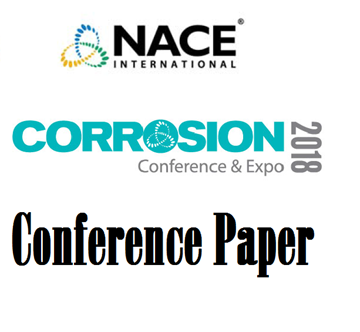Search
51318-11418-Effect of chlorination on corrosion of 90-10 Cu-Ni alloy for ballast water system
Also Purchased
08231 Effect of Seawater Chlorination on the Erosion Corrosion Behaviour of Copper-Nickel Alloy CuNi 90/10
Product Number:
51300-08231-SG
ISBN:
08231 2008 CP
Publication Date:
2008
$20.00
51318-11428-Successful Implementation of a Corrosion Management Strategy by Online Injection of Vapor Phase Corrosion Inhibitors to Extend Storage Tank Floor Life
Product Number:
51318-11428-SG
Publication Date:
2018
$20.00
07243 Localized Corrosion Susceptibility of Cu-Ni Alloys in Chloride Containing Environments
Product Number:
51300-07243-SG
ISBN:
07243 2007 CP
Publication Date:
2007
$20.00




